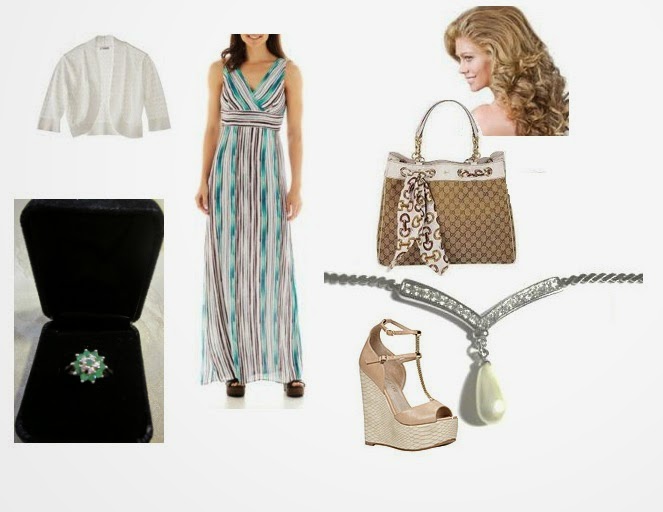What is Marcasite?
Here is Wikipedia's Answer:
However, marcasite is not typically used in jewelry. Here is wiki on the matter:
"Marcasite jewelry is jewelry made from pyrite (fool's gold), not, as the name suggests, from marcasite.[1] Pyrite is similar to marcasite, but more stable and less brittle. Marcasite jewellery has been made since the time of the Ancient Greeks.[2] It was particularly popular in the eighteenth century, the Victorian eraand with Art Nouveau jewellery designers.[2][3] It is frequently made by setting small pieces of pyrite into silver.[3] Cheaper costume jewelry is made by glueing pieces of pyrite rather than setting.[2] A similar-looking type of jewellery can be made from small pieces of cut steel.[1][2]"












